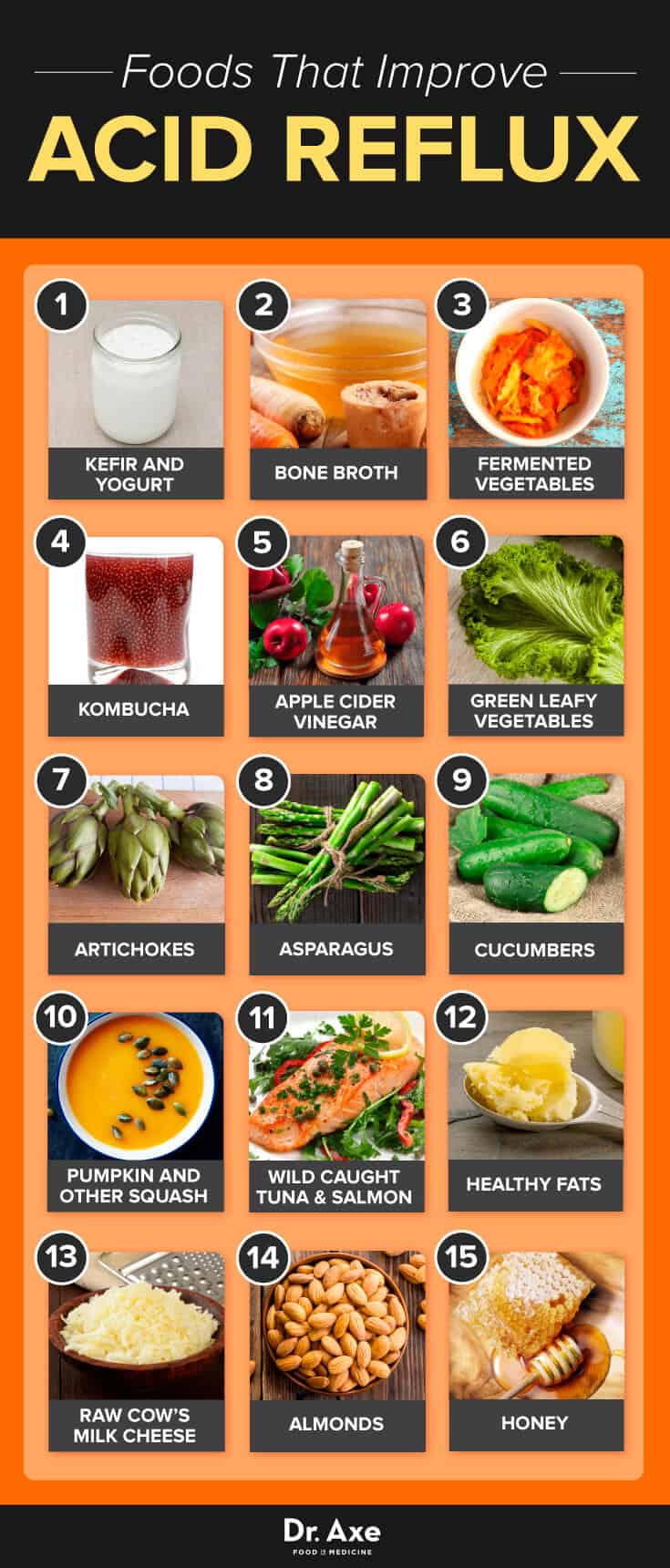Cavities Treatment: Fill Or Wait Options
When it comes to cavities treatment, one of the most common dilemmas patients face is whether to fill the cavity immediately or wait and monitor its progress. This decision largely depends on the severity of the cavity, the patient’s oral health, and the dentist’s professional judgment. Understanding the options and implications of each approach is crucial for making an informed decision.
Understanding Cavities
Before diving into the treatment options, it’s essential to understand what cavities are and how they form. Cavities, also known as tooth decay, are damaged areas in the hard surface of teeth that develop into small holes or openings. They are most often caused by bacteria in the mouth, poor oral hygiene, frequent snacking, and a diet high in sugars and acids. If left untreated, cavities can progress and lead to more severe problems, such as infections, toothaches, and even the need for tooth extraction.
Fill or Wait: The Dilemma
The decision to fill a cavity or wait is a complex one. Filling a cavity involves removing the decayed portion of the tooth and filling it with a material such as amalgam, gold, or composite resin to prevent further decay. On the other hand, waiting involves monitoring the cavity’s progression and addressing it when necessary.
Filling the Cavity: Benefits and Drawbacks
Benefits: - Prevents Further Decay: Filling a cavity prevents it from progressing and reduces the risk of infection or needing more extensive treatments like root canals. - Relieves Pain: If the cavity is causing pain or sensitivity, filling it can provide immediate relief. - Protects the Tooth: Fillings can protect the tooth from further damage and help maintain its integrity.
Drawbacks: - Cost: Dental fillings can be expensive, especially if the cavity is large or if the filling material chosen is costly (like gold). - Anxiety and Discomfort: Some people may experience anxiety or discomfort during dental procedures, even though fillings are relatively straightforward. - Potential for Over-Treatment: In some cases, a dentist might recommend filling a cavity that could have been monitored or might not have progressed significantly, leading to unnecessary treatment.
Waiting and Monitoring: Benefits and Drawbacks
Benefits: - Avoids Unnecessary Treatment: Monitoring the cavity can help avoid filling it if it’s not necessary, thus saving costs and avoiding potential discomfort. - Maintains Natural Tooth Structure: For minor cavities, waiting and maintaining good oral hygiene can sometimes halt the decay process, preserving more of the natural tooth. - Less Invasive: It’s a less invasive approach, which can be appealing to those who fear dental procedures.
Drawbacks: - Risk of Progression: The cavity could progress, leading to more severe problems that are more expensive and complex to treat. - Increased Risk of Pain: Waiting could result in increased sensitivity or pain, especially if the decay reaches the pulp of the tooth. - Missed Opportunity for Early Intervention: Waiting might miss the optimal time for intervention, making the eventual treatment more challenging and costly.
Making the Decision
The decision between filling a cavity immediately and waiting should be made in consultation with a dentist. They can assess the cavity’s severity, consider the patient’s overall oral health and history, and discuss the potential risks and benefits of each approach. Factors such as the size and location of the cavity, the patient’s risk for further decay, and any symptoms experienced can influence this decision.
Preventive Measures
Regardless of the decision made, it’s crucial to adopt good oral hygiene practices to prevent future cavities. This includes: - Brushing teeth at least twice a day with fluoride toothpaste. - Flossing once a day to remove plaque from between teeth. - Limiting sugary and acidic foods and drinks. - Visiting the dentist regularly for check-ups and cleanings.
Conclusion
The debate between filling a cavity immediately or waiting and monitoring its progress is nuanced and depends on several factors. While filling can prevent further decay and protect the tooth, waiting and observing the cavity’s progression might be appropriate in certain situations. Open communication with a dentist and adherence to a rigorous oral hygiene routine are key to making the best decision for individual oral health needs.
What are the primary causes of cavities?
+Cavities are primarily caused by bacteria in the mouth, poor oral hygiene, frequent snacking, and a diet high in sugars and acids.
How often should I visit the dentist to prevent cavities?
+Regular dental check-ups, typically every six months, can help in the early detection and prevention of cavities, as well as overall oral health maintenance.
Can cavities be reversed without fillings?
+In the early stages, cavities can sometimes be reversed or halted with fluoride treatments and good oral hygiene. However, once a cavity has progressed to a certain point, filling or other restorative treatments may be necessary.
In the realm of dental health, being proactive and informed can significantly impact the prevention and treatment of conditions like cavities. By understanding the causes, consequences, and treatment options for cavities, individuals can make empowered decisions about their oral health, ensuring a lifetime of strong, healthy smiles.

